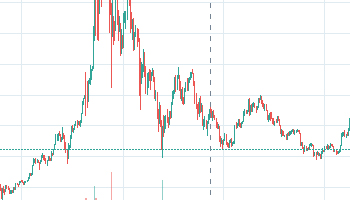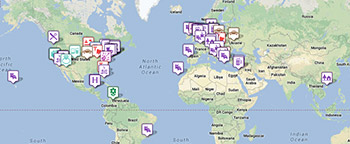As companies get bigger and bigger, and their IT departments grow alongside them, it can get increasingly challenging to manage the multiple devices in your business’s network. There are a few challenges that having a high volume of hardware brings, such as security issues and network performance. Here are a few essential tips to help you manage the devices in your business.
1. Use multi-device antivirus software
Antivirus software is one of the best ways to protect your computers and smartphones from potential online threats such as malware and hackers. Their function is to detect and then separate harmful downloads from your software and eliminate them, keeping your documents and data safe. When looking to install an antivirus to a multitude of devices, it’s essential to look for providers that allow you to cover several devices with just the one license, as if not, safeguarding all your computers, tablets and phones could be a costly endeavor.
2. Get a VPN
A VPN stands for a virtual private network and gives you, plus all your devices, online privacy and anonymity by hiding your IP address and replacing it with another, making it impossible to for hackers and other third parties to track your online activity and gain access to your business’s or staff’s personal information. VPNs can be shared on multiple devices and are good to have installed on mobile hardware, as they make using public and potentially unsecured Wi-Fi far safer. Good VPN devices, as well as other cybersecurity services such as a systems manager, can be found on watchguardonline.co.uk.
3. Install a Firewall
Firewalls are the first line of defense against online threats and are a great way to protect multiple devices. They’re either hardware, software, or a combination of the two that tracks your network traffic and blocks unauthorized access from external computers or software, using predetermined criteria. As well as their security capabilities, a good firewall is also a useful tool to manage multiple devices due to how they monitor network activity. By doing this, it can pinpoint problem areas and applications that may need troubleshooting, making it easier to improve the network.
4. Improve Network Performance
The more devices in a network, the more strain there will be on that network, meaning that internet and download speeds may begin to suffer. This can be really bad as it will affect the effectiveness of the software and applications on the network and impact the business’s productivity. An excellent way to combat this, and improve your network, is to offer guests their own network to log into so that they’re not taking valuable resources from the one designated for the workers. Another way to improve performance is to monitor how your employees are using the network and educate them on the best practices, as some might be straining it by downloading and streaming content during their lunch break. Another good way to improve the network is to ensure that all software and firmware is updated as these will help it run optimally.
5. Use Authentication Systems
To keep your multiple devices professionally managed, and to make sure they’re only being used by employed personnel, it’s essential to use some sort of authentication system. Simple login and password to access the devices, as well as perhaps the same for essential documents as well, is an excellent way to ensure that relevant information and resources don’t fall into the wrong hands. Authentication systems are also an excellent way to monitor your staff and see how they’re using the network, making it and the devices on it easier to manage.


 Updated every 10 minutes
Updated every 10 minutes


